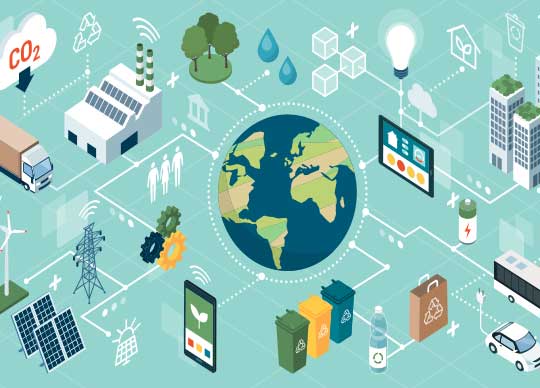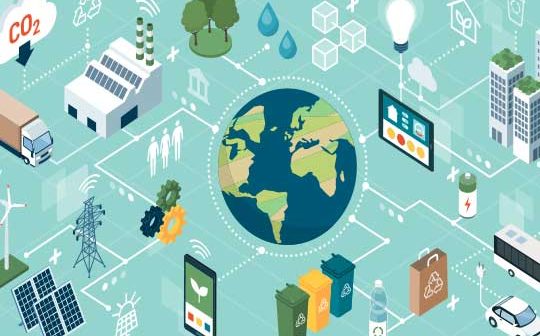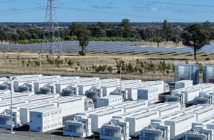
The world is becoming more urbanised, and that is having an impact on climate change. But technology, data, and clever ideas see many cities now working to tackle climate change. While often a work in progress, smart cities are exploring different ways to reduce their climate change footprint.
Apps to increase demand for public transport
Cars are big contributors to greenhouse gas emissions. Reducing car usage is the holy grail for most smart cities. Good public transport is critical unless you live in a compact and flat city suited to walking or cycling.
On-demand public transport is a solution many smart cities are turning to. Passengers use an app to hail a pickup, the payment process is automated, and that pickup takes the passenger to a drop off point to connect to a mass transit system.
Such systems match capacity to demand, create better public transport networks, get private cars off the road, and ultimately help reduce a city’s greenhouse gas emissions.
IoT technology to monitor rubbish disposal patterns
The world’s cities generate over two billion cubic metres of waste every year. Smart cities manage that waste in a cost-effective way that minimises environmental impacts. Recycling is part of the answer.
Recycling reduces greenhouse gas emissions by reducing the demand for new goods. Repurposing uses less energy consumption than manufacturing new goods.
In smart cities, sensors in rubbish bins can record the amount of rubbish collected. Authorities can modify a household’s behaviour by offering incentives like rates rebates to reduce the amount of rubbish put out or increase the amount of recycling in that household.
Planning for and smoothing out energy usage
Smart cities harness renewable energy sources, particularly solar power. Doing so reduces reliance on non-renewable energy sources like coal and helps address the impact of mining on climate change.
Already, around 29% of Australian households have solar photovoltaic (PV) panels installed. Boosting solar and other renewable energy sources is a key part of any smart city. Smart cities can do that via simple techniques like rebates.
Alternatively, cities can tap into data like weather forecasts. Better forecasting of cloud cover helps cities know when solar power will be less reliable. Power loads can be planned in advance. On days when reliance on non-renewable power increases, efforts to reduce consumption can occur.
Fostering a local creative class
Driving smart ideas like increasing public transport, recycling, or managing energy consumption is a creative class that live and work within the city.
Smart cities foster innovation and creativity. While cities can access data, cities also need to maximise the potential in data. And sometimes, reducing a city’s environmental impact can be relatively low-tech. Sometimes it is an art as much as a science.
Harnessing low tech, green solutions
Cities generate and retain heat. Buildings, road surfaces, pavements help create what are known as urban heat islands. These heat islands contribute to climate change.
Smart industrial design creates products that insulate and cool buildings, helping mitigate urban heat islands.
Good design includes trees in smart cities. Green roofs and walls on new buildings can help offset the heat generated in cities. Using lighter colours increases reflectivity and decreases urban heat.
As smart cities evolve, so will their response to the climate change challenge. As each city is unique, there is no one size fits all solution. But part of being a smart city is rising to the climate change challenge.






